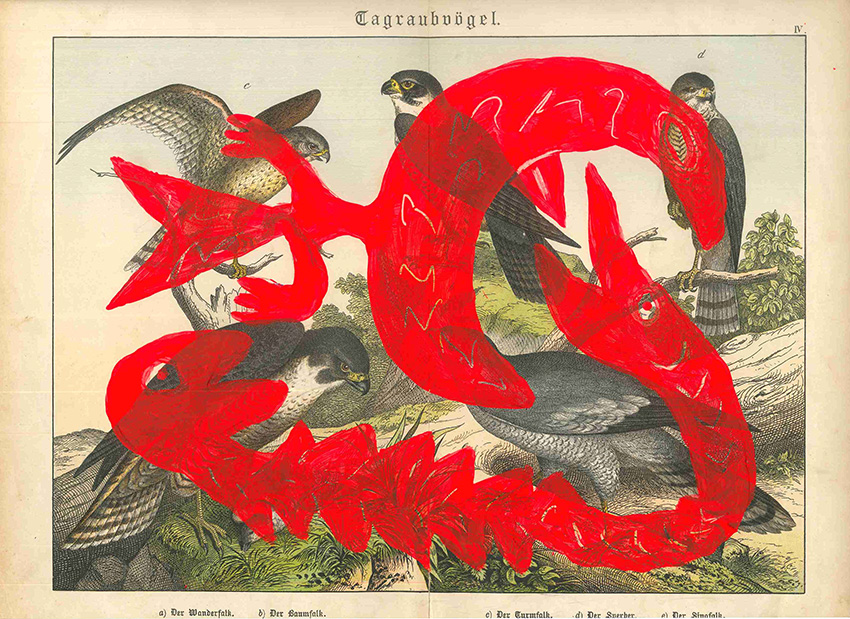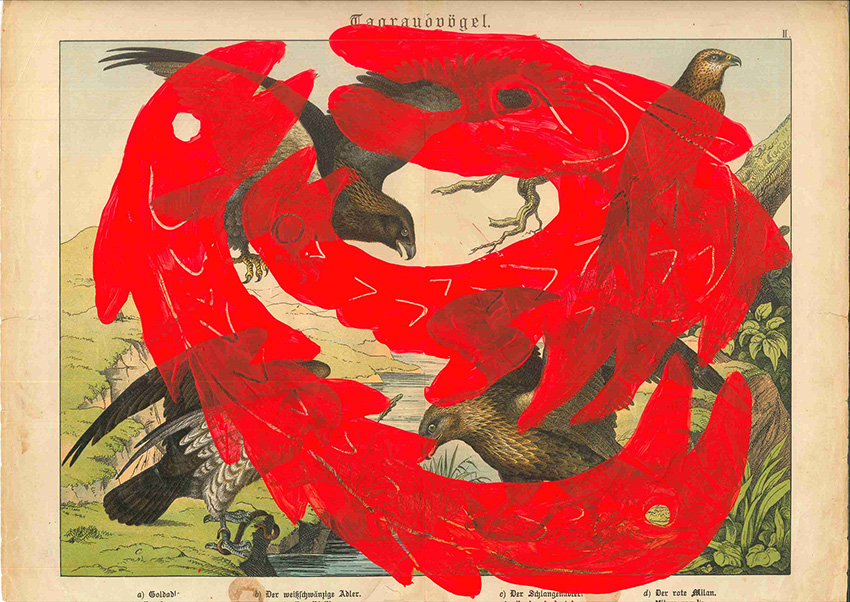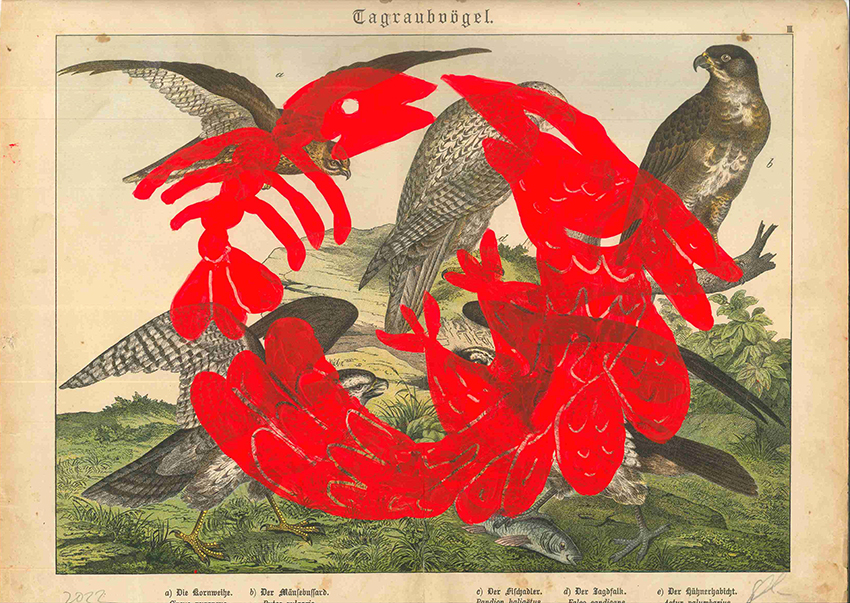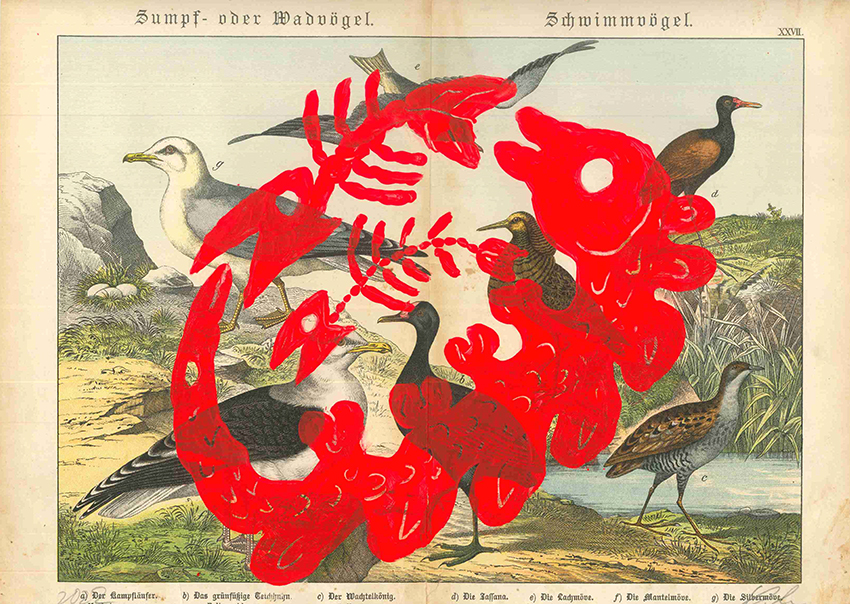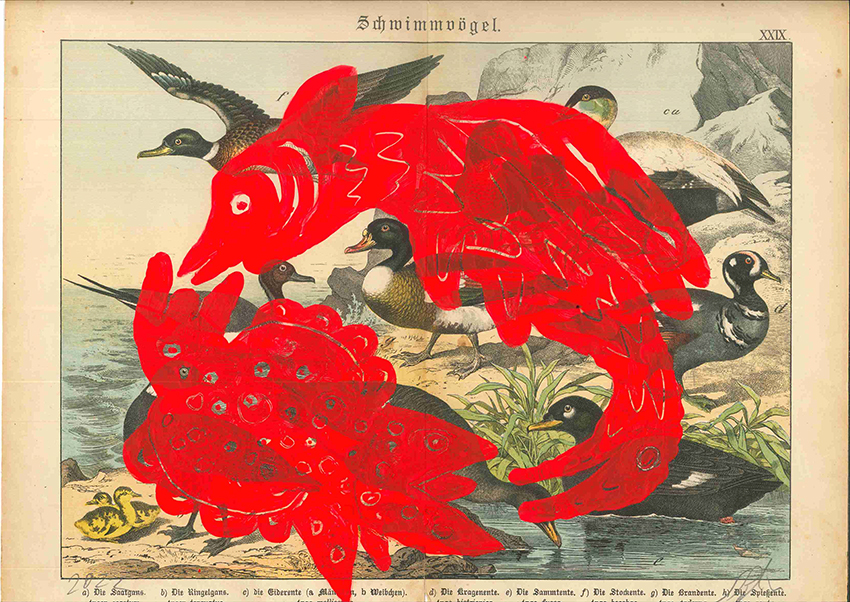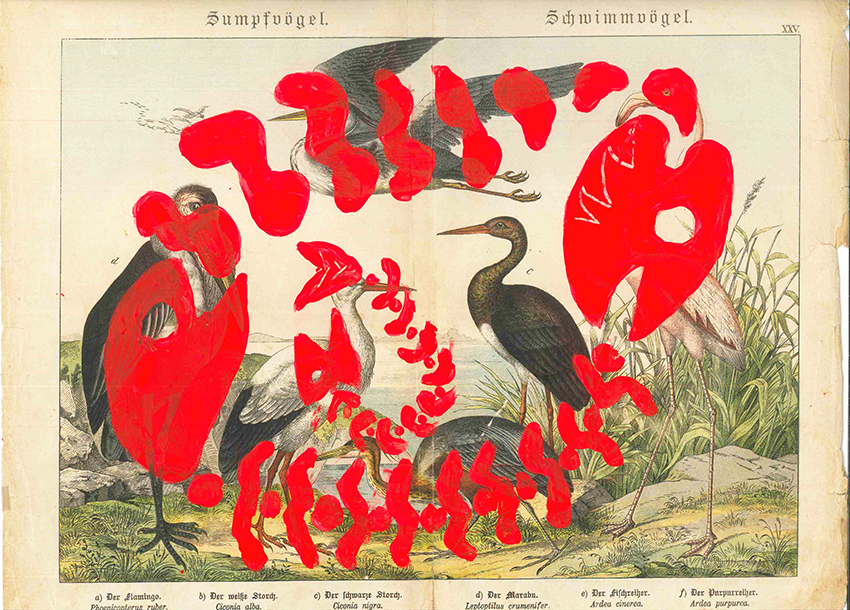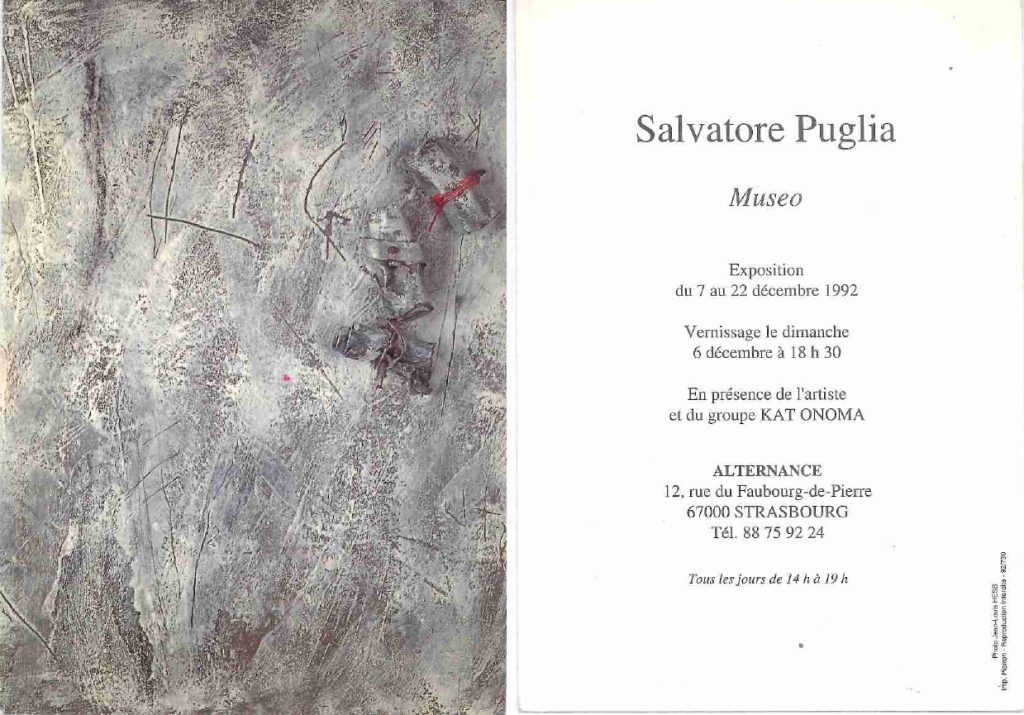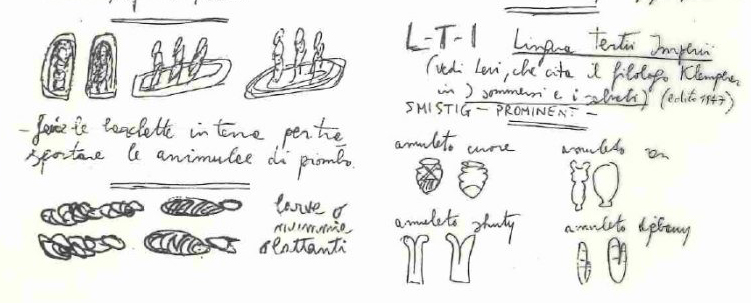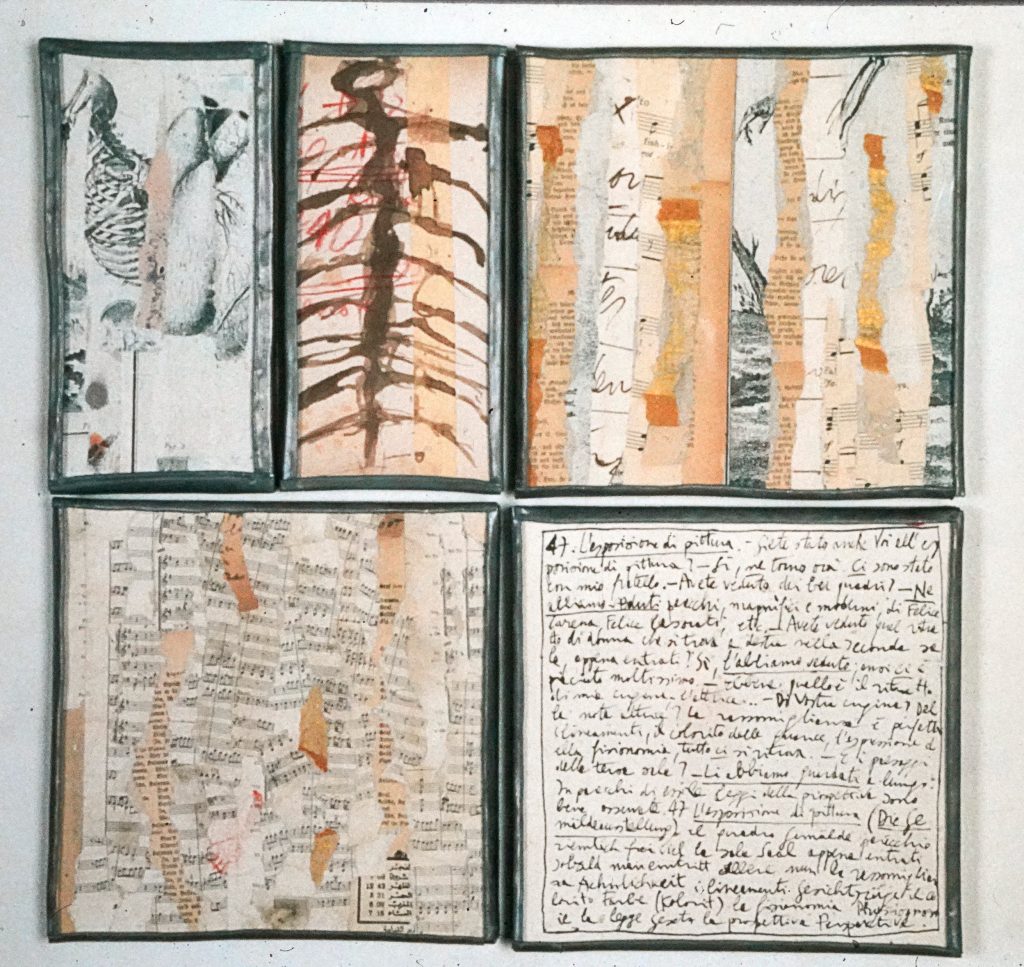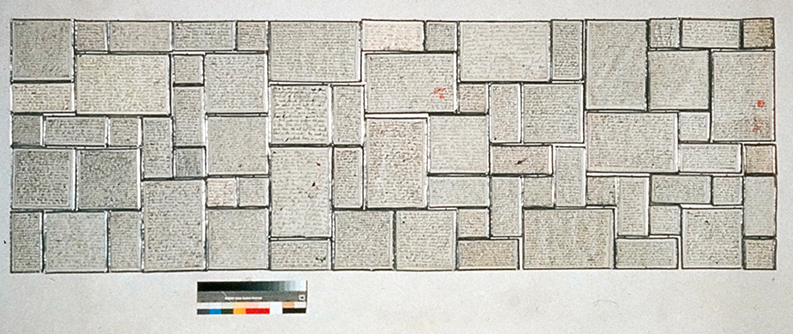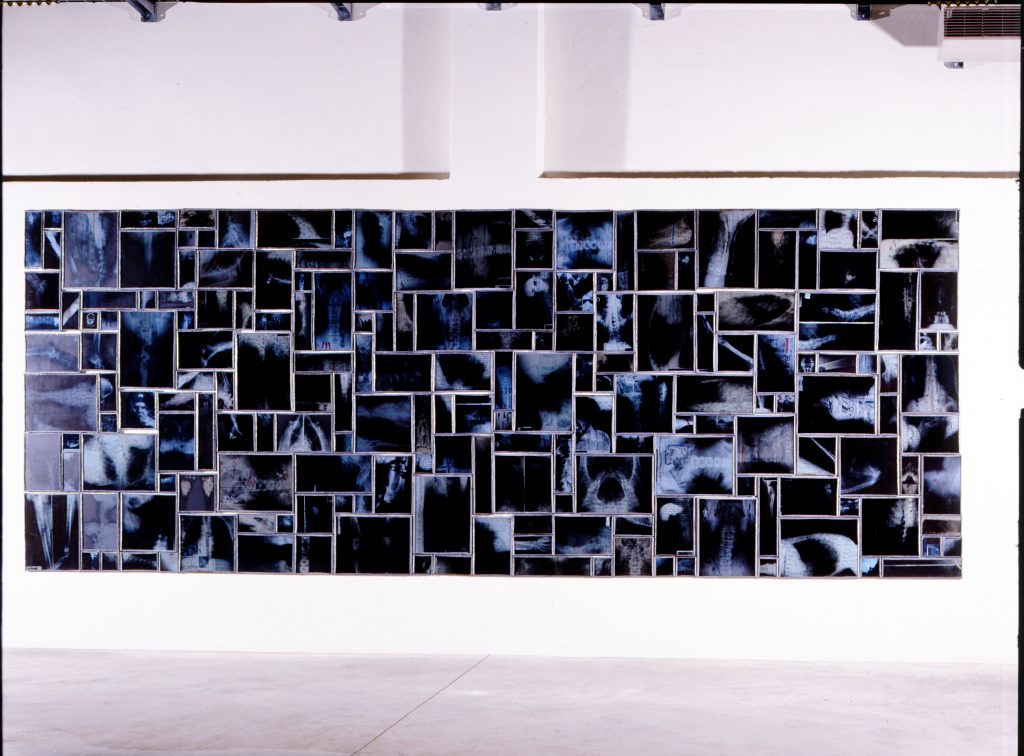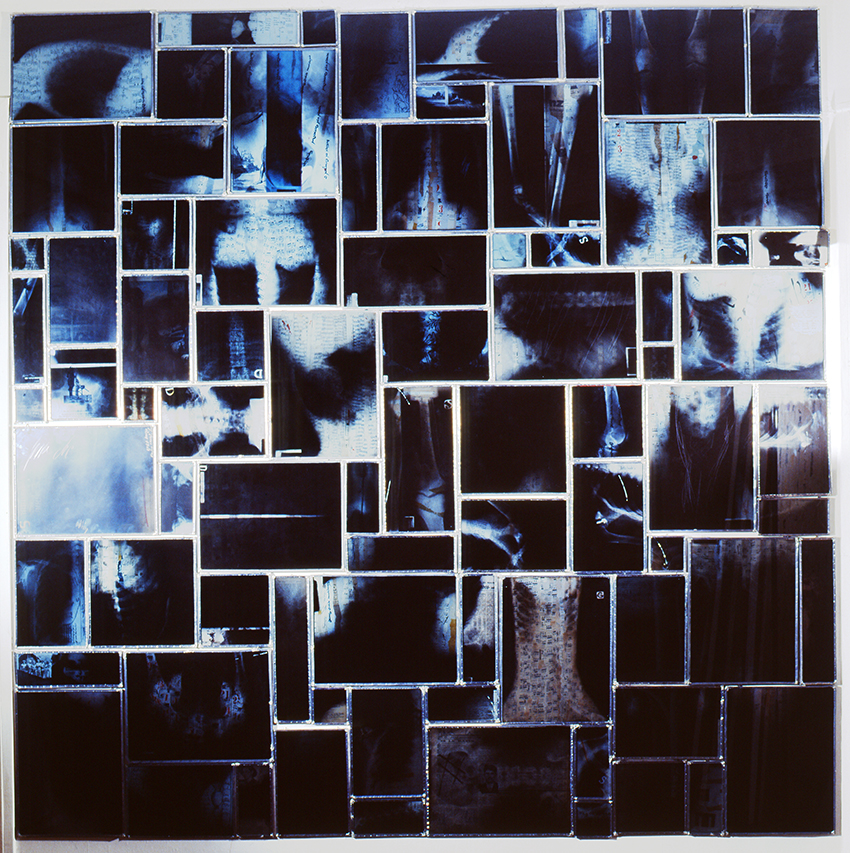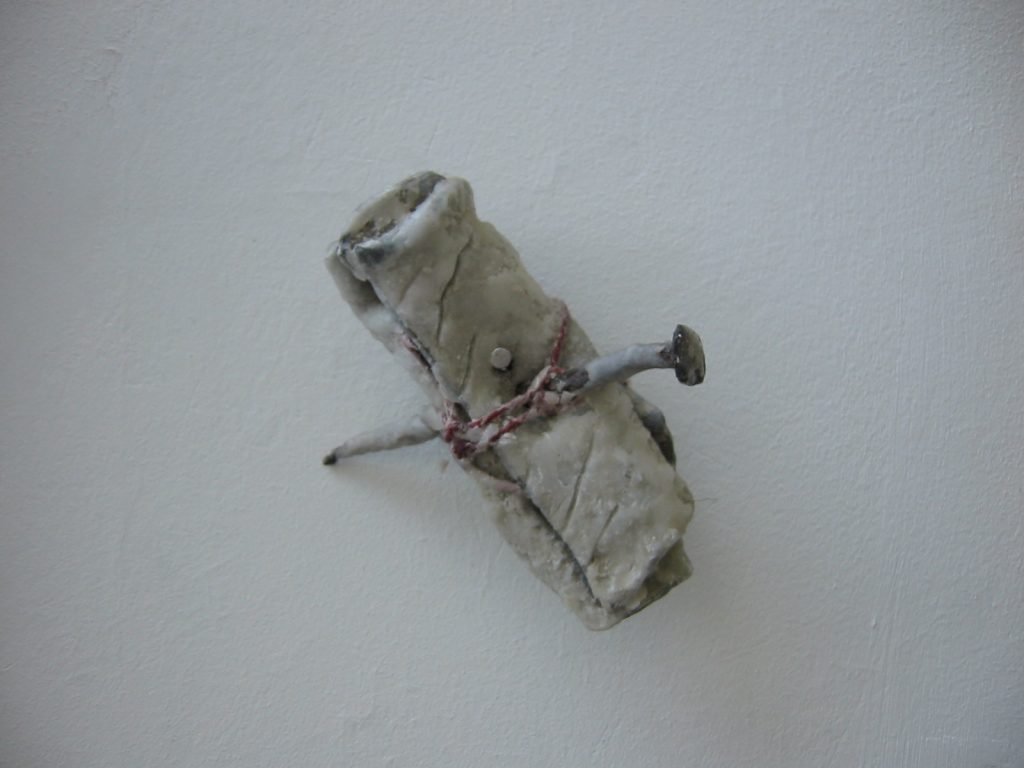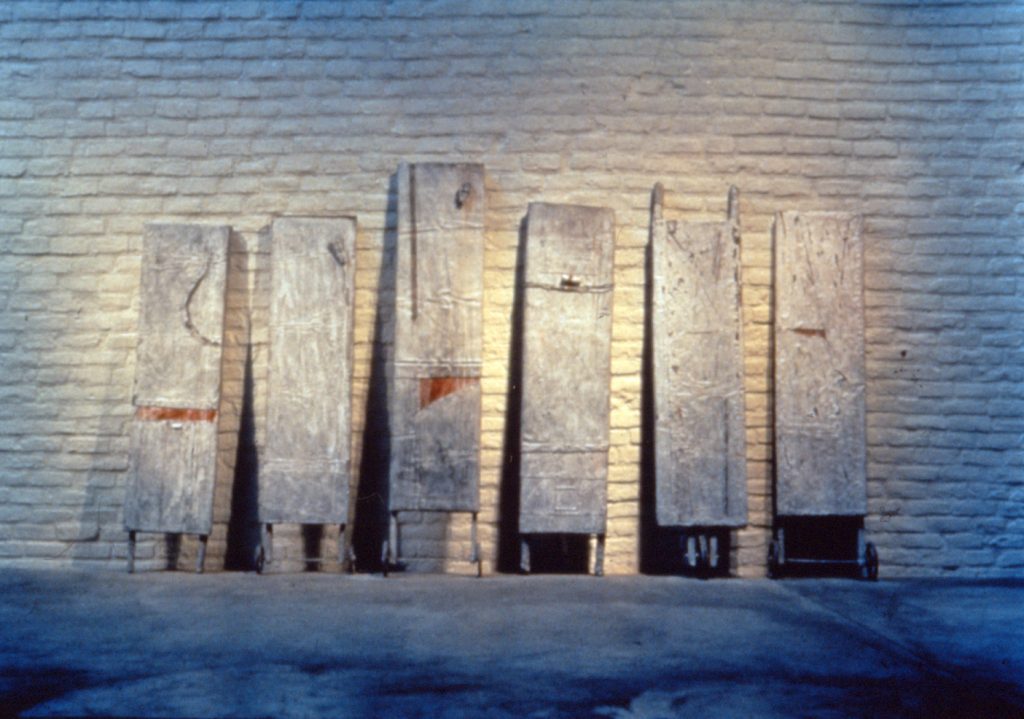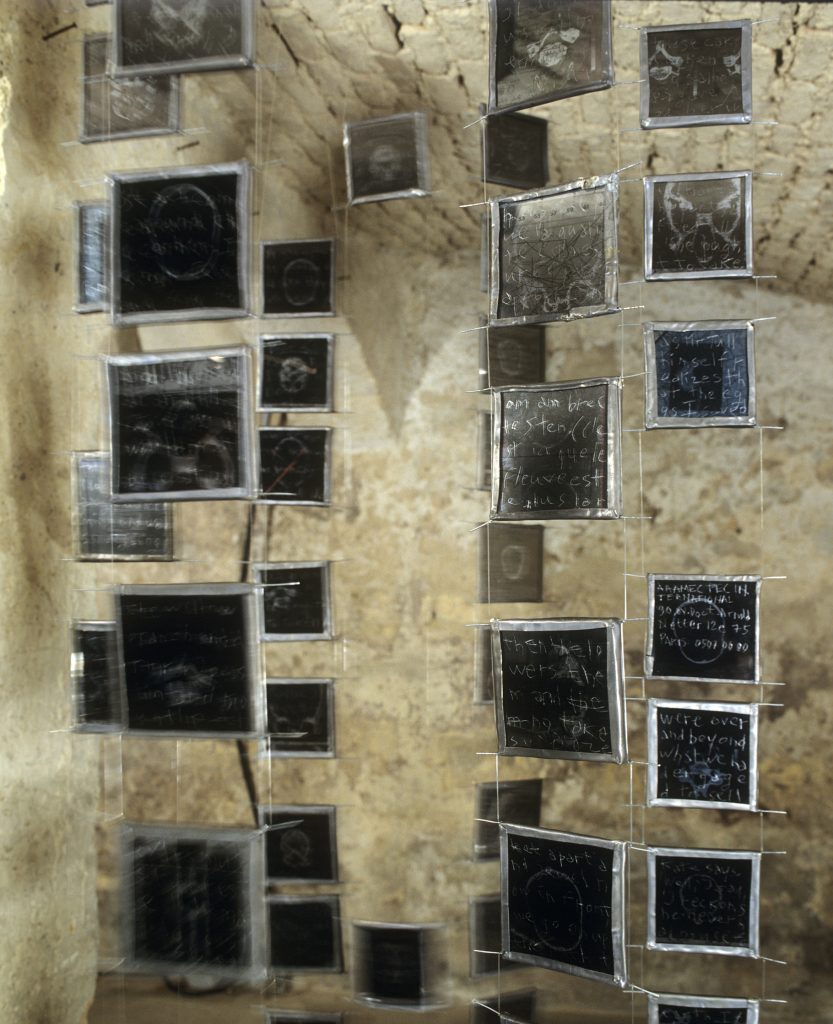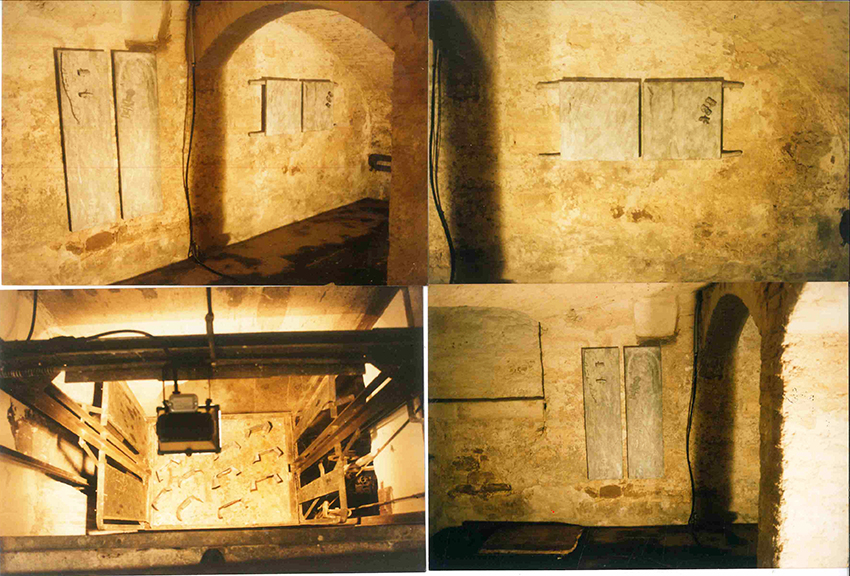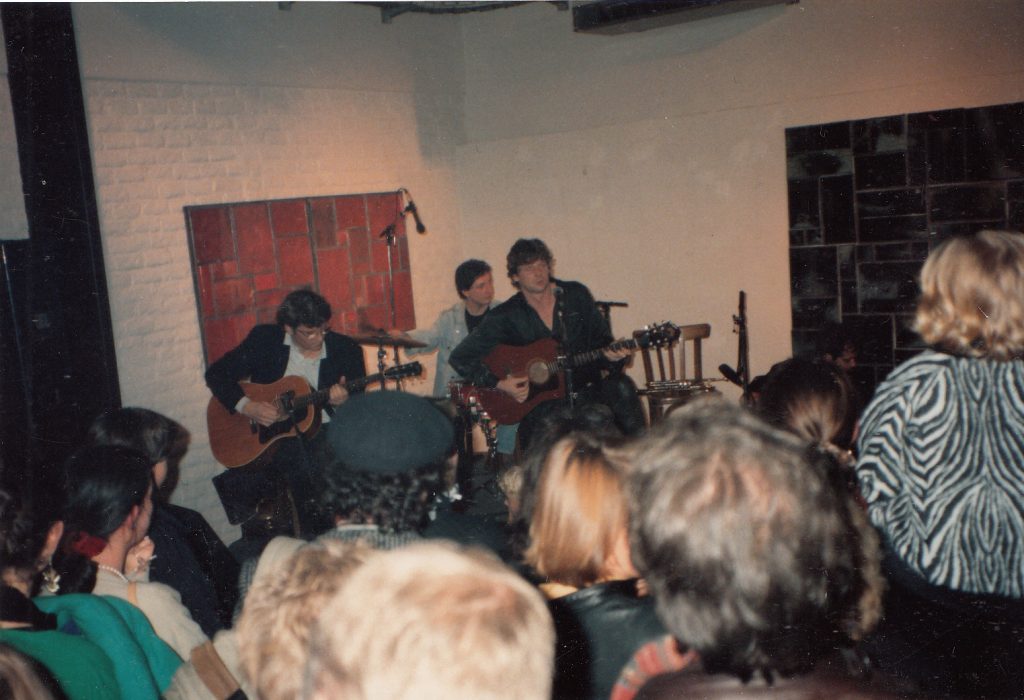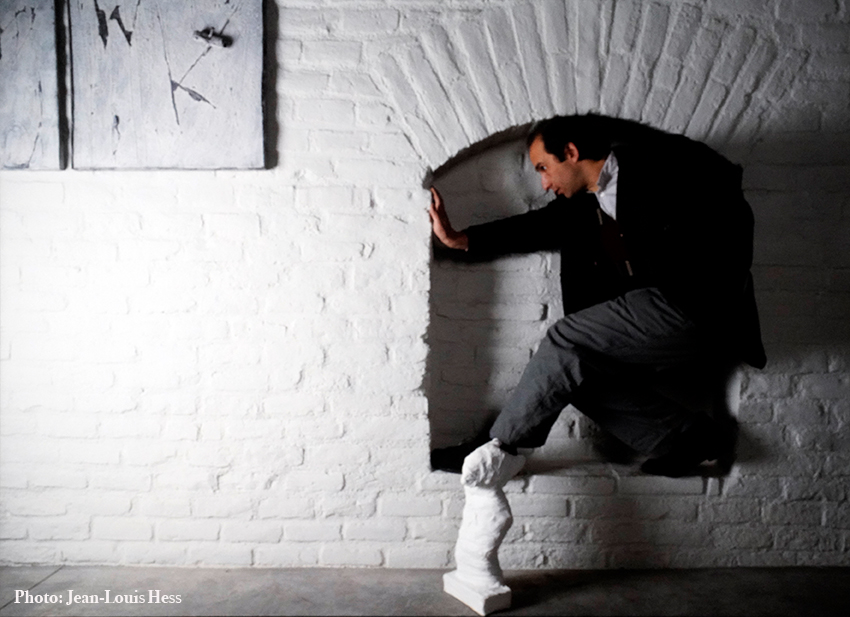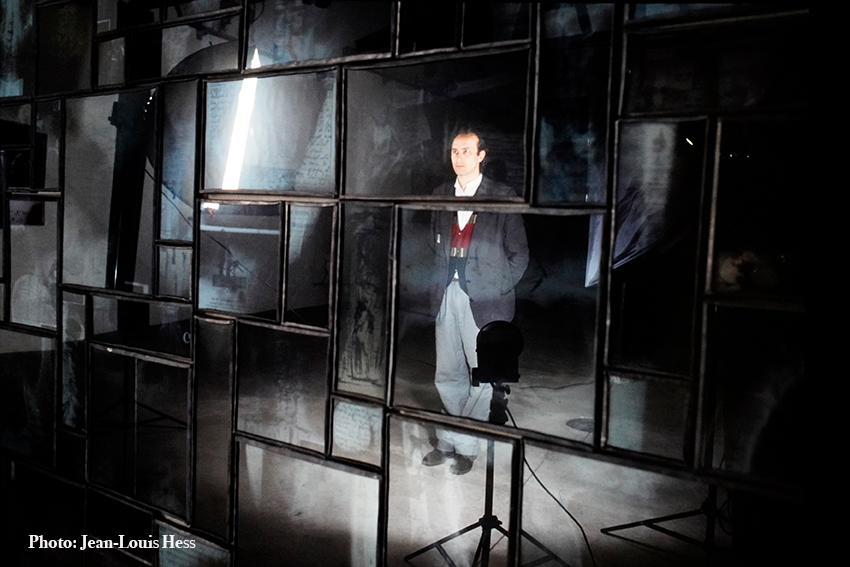Leaving Pictures: Towards an Art of History
Far from the Pictures was the title of an album by Kat Onoma, a French band whose musical offerings range from Monteverdi’s madrigals to Kraftwerk’s radioactive litanies. Of course, there the thing was music, sound; and those sounds, and that music, had a certain sobriety. Therefore, the invitation to distance oneself from the pictures appeared justified and not, as it might seem, contrived. I repeat this invitation here. Although in this text we will be concerned mostly with visual arts and visions, we will see how an invitation to go through and beyond and away from pictures is not unjustified. In a parody of the Platonic affirmation that we can conduct politics only by rejecting politics, let us say that we can – and must- work with images only by experiencing discouragement in the face of the image. Having taken over the weapons of representation, we will have to attack representation.
The relationship between art and history is at stake in the kind of work I am presenting here. It may be viewed from many different perspectives. I will list here, very briefly, at least three ways in which an artist may look at history.
1. As presence, persistence, and continuity of the past, at whose extreme end we find ourselves: hence an art of quotation, of representation.
2. As context, as a temporally defined ambience in which one lives and functions: hence political, or at least engaged art.
3. As recognized heritage, as an object of reflection and re-presentation: hence an art of history.
All these ways are necessarily intertwined, but I would isolate the one which I find most interesting and fertile: the last, the one that appears as the current form of ‘history painting’, and that does more than the others to bring artistic practice closer to the role of interpreting the world, of ‘saying the unsaid.’
As a point of departure, this hermeneutic view of art of course has its own limits, which can be found in the very possibility of interpreting what is around and within us. But if we call ourselves ‘artists,’ or if we have chosen art as a mode of living, it is because at the very outset we were confronted precisely with the question of meaning, and the only answer we could give was this: neither to simply register, nor to simply express, but to transform what is given. In other words, to go through and beyond interpretation and turn the work of art into a work of translation, a work of appropriation that, according to George Steiner, ‘transforms.’
A transformative practice of artistic work is at least interesting because it does not reduce the work to mere self-affirmation. It gives form to the attempt — an attempt to which we are condemned by ethics — to reweave, re-stitch, and glue the pieces together without stopping, and without end, into weaves and patterns that are different from those that we involuntarily inherited and to which we bear witness. And this without any pretense of being able to recreate something, but only with the pretense of saying what remains, which is to say, what is lost.
Such a work of appropriation and translation can, and even must, remain obscure and even unconscious in its development, since, in transcending the chosen object, a certain loss of memory on the part of whoever chose the object is necessary.
The kind of art that is interested in historical heritage is not necessarily an art of memory, much less political art. If it possesses the quality of art, then it is political. How easy it is to conceal aesthetic insufficiency behind an appeal to memory as a positive value in itself (or at least as a consolation), behind the appeal to principles and good intentions! But the issue remains – and it is a decisive one – of the quality of artistic work, which alone justifies the renewal and transformation of images-history, and returns the artist to the condition of a creator. Otherwise, kitsch — which does not transform but merely displaces — is around the corner.
If it is art, then it is not historiography. Art is not there to say, ‘Look, I’ll tell you how things went.’ It is not even there to say, ‘they could have gone differently,’ or to offer lessons on how they could have gone. Fortunately, today even historians think in different terms. Would art’s role then be that of transmitting a truth more truthful than the one that other disciplines might claim to have? It is not even this. But, perhaps, an art of history might be more able than others to say the possible, and this because of its ‘parasitical’ nature, which we will try to elucidate in this slender volume.
An art of history is indeed parasitic, as it depends directly on its documents. A historical source is generally viewed in two ways: either as a mere and truthful testimony, or as a ‘suggestive,’ ‘evocative’ text. The attempt here is to find a different way of treating it, one that would put the emphasis on its possible transformation. This transformation can only take place by a process which is at the same time interpretative and metamorphic.
Let history then be subjected to art, as long as the respective boundaries are traced; and it is with this in view that our discourse revolves around the role of the document. The waste, the remains, the findings, on one side; attention, choice, and metamorphosis, on the other.
The question of inclusion and exclusion, the question of choice, is primary when it concerns-as it does here – the reworking of a given material. In fact, we return to the first question of this collection: what is it that comes to be designated as a document, why is it chosen and through what processes does it become the material of a possible work ? In the choice, in the reworking, there is evidently the reduction of what is possible into a design formed by all of the conditions of a given subjectivity and a given historical moment. However, in some cases, the choice and reworking range through the field of infinite possibilities.
And, in fact, we are not looking for an improbable re-construction of history; rather, we are attempting a multiform re-exposition. History is neither progressive nor circular. It is eternally fragmented and interrupted, resumed and distorted like a record on the mixing console of an improvising disc-jockey. Rather than something that develops or that returns, we are faced with a jumble of ruins out of which we have to extract the pieces of new assemblages, of new, polymorphous Frankensteins of art and history.
1999


